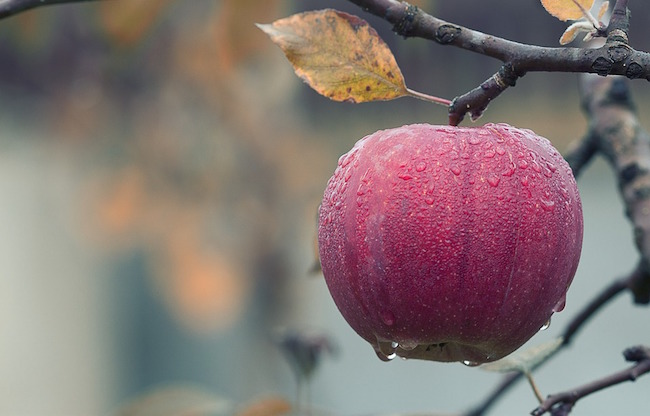A flavonoid a day keeps the doctor away by Dr. Joseph Mercola for Mercola
Flavonoids may not have the name recognition vitamins and minerals do, but as antioxidants with the power to fight disease and premature aging,1 plus decrease inflammation, they can make a dramatic difference in your health if you know where to find them.
Believe it or not, there are more than 6,000 distinct flavonoids, and every one of them communicates a unique benefit for your body. Found in fruits, vegetables, nuts and herbs, these phytonutrients have the capacity to prevent many of the most common illnesses in the world. Several of them are becoming more familiar to savvy consumers.2
Findings from a recent study collaboration between several researchers in Denmark and Australia, as well as one each from Northern Ireland and France, show you can lower your risk of developing heart disease, cancer and all-cause mortality when you regularly eat foods containing flavonoids.
The featured study, published in Nature Communications and known as the Danish Diet, Cancer and Health cohort, is the work of researchers who spent 23 years scrutinizing the diets of 53,048 Danish people. They found lower risks of death from cancer and heart disease in those who consumed more flavonoids. According to the scientists:
“A moderate habitual intake of flavonoids is inversely associated with all-cause, cardiovascular- and cancer-related mortality … The inverse associations between total flavonoid intake and mortality outcomes are stronger and more linear in smokers than in non-smokers, as well as in heavy vs. low-moderate alcohol consumers …
Fruit and vegetable intakes are associated with a lower risk of cardiovascular disease (CVD), cancer, and all-cause mortality, with an estimated 7.8 million premature deaths worldwide in 2013 attributable to a fruit and vegetable intake below 800 (grams per) day.”3
Can your risk of death be lowered?
According to the CDC,4 in 2016, heart disease topped the list of the leading causes of death in the U.S., with cancer in the second position. Stroke and diabetes — two of the five risk factors for metabolic syndrome that also raise your risk for heart disease — take the fifth and seventh slots.
But researchers at Edith Cowan University’s School of Medical and Health Sciences in Australia looked at the data from the Danish Diet, Cancer and Health cohort and backed up the Danish cohort with a report5 that eating apples and drinking tea lower both cancer and heart disease risks. Both of those are high in flavonoids.
They also found a link between regular flavonoid consumption, drinking alcohol and smoking. People who were at a high risk of developing chronic diseases due to smoking and drinking more than two alcoholic drinks a day seemed to benefit the most from eating flavonoid-rich foods. Specifically, “Participants consuming about 500 [milligrams] of total flavonoids each day had the lowest risk of a cancer or heart disease-related death.”6
However, even the Danish study listed negative effects from smoking and drinking; besides being carcinogenic, it’s also damaging to endothelial and platelet function and culpable in such problems as thrombosis, inflammation and elevated blood pressure.7 An article in Health also didn’t give a pass to people who excessively drink and smoke:
“That doesn’t mean that eating flavonoid-rich foods will wipe out the harmful effects of excessive drinking and smoking, the researchers warn. But, the study found, it may help lower the risk of developing chronic diseases from these habits.”8
Nicola Bondonno, lead researcher for the Edith Cowan University study, agreed that eating lots of flavonoid-rich foods won’t outweigh the damage done by heavy tobacco and alcohol use, but that reducing them would at least help. She stressed that both habits damage blood vessels and increase inflammation, but flavonoid intake targets both of those specifically. She added:
“We know these (kinds) of lifestyle changes can be very challenging, so encouraging flavonoid consumption might be a novel way to alleviate the increased risk, while also encouraging people to quit smoking and reduce their alcohol intake.”9




